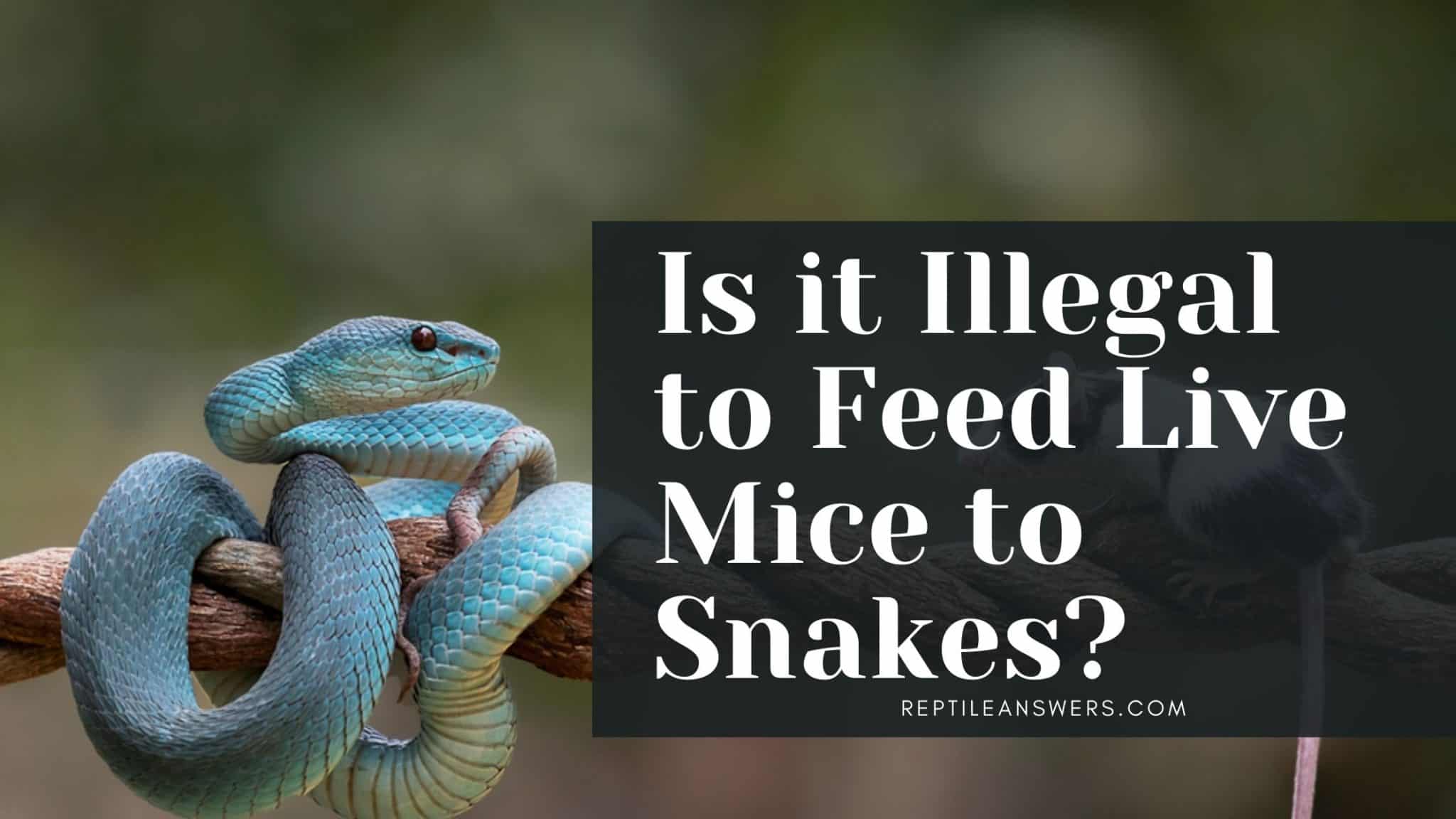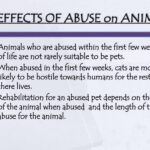In the realm of wildlife management and pet ownership, the practice of feeding live mice to snakes has ignited fervent discussions among enthusiasts, animal rights activists, and the general public alike. This contention embodies a duality of predatory instincts inherent to serpents juxtaposed against evolving ethical considerations regarding animal welfare. While some maintain that fulfilling a snake’s natural feeding behavior must take priority, others adamantly argue that subjecting live prey to a drawn-out demise constitutes a profound cruelty that requires re-evaluation. A closer examination of this practice offers a multitude of conflicting perspectives, illuminating the ongoing debate surrounding predation and ethics in the context of modern pet care.
First and foremost, it is essential to understand the biological imperatives that drive the feeding habits of snakes. These reptiles are innate carnivores, reliant on whole prey items rich in nutrients for optimal health. In their natural habitats, snakes ambush or chase live prey, employing their physiological adaptations—such as heat-sensing pits, remarkably flexible jaws, and potent venom—to secure sustenance. Consequently, feeding live mice aligns with the intrinsic behaviors that characteristically define snake species. Advocates argue that by providing live prey, owners cater to the primal needs of their pets, thereby enhancing their quality of life and preserving behavioral diversity.
However, this perspective raises questions regarding the humane treatment of the prey. Live feeding scenarios often lead to prolonged suffering for the mice involved, who can experience stress, injury, and distress as they attempt to escape their fate. Such experiences trigger ethical concerns that challenge the justification of rampant naturalistic feeding practices. Herein lies the crux of the debate: should the instinctual requirements of snakes trump the ethical obligation to prevent suffering in other sentient beings?
Animal welfare advocates emphasize that ethical pet ownership should reflect a commitment to minimizing distress for all creatures involved. By providing frozen-thawed mice instead of live ones, caretakers can ensure that the nutritional needs of their snakes are met without subjecting any creature to unnecessary agony. This alternative also aligns with humane practices often espoused in zoos and wildlife rehabilitation centers, where understanding animal behavior is coupled with ethical considerations. However, the counterargument posits that snakes raised on live prey exhibit more natural behaviors, and that depriving them of these experiences detracts from their well-being.
This juxtaposition of predatory needs against ethical obligations highlights a crucial philosophical debate within the realm of animal rights. Is it fair to prioritize the natural instincts of a predator over the welfare of the prey? This question invokes larger discussions about hierarchies within the animal kingdom—where some beings are often cast in roles that render them expendable for the sake of others. This hierarchy can shift based on human perspectives and cultural norms, further complicating the discussion around live feeding.
Moreover, the stigma surrounding specific feeding practices can fluctuate dramatically within different circles of the animal care community. For example, keepers of exotic reptiles may view live feeding as an established norm, whereas mainstream animal care advocates might label it as an affront to humane practices. This disparity can lead to polarization among enthusiasts, thereby impairing constructive dialogue about best practices in pet care and animal welfare.
There exists an unyielding tension within the conversation around the feeding of live prey that cuts to the heart of our broader relationship with nature. Should we immerse ourselves in the raw, unrefined realities of nature where creatures survive by consuming one another? Or should we embrace a cultivated sense of compassion that extends to all animals, even those that may traditionally be considered mere food within the predator-prey dynamic? It is a dilemma that captures the complexities of human ethics as they intersect with the instincts of non-human animals.
One pivotal aspect that warrants attention is the education of reptile owners. Similar to how cat owners provide a controlled environment with pre-packaged food, snake caretakers should also be equipped with knowledge regarding proper feeding practices that align with contemporary ethical standards. Promote understanding of alternative feeding methods, and draw on scientific knowledge to elevate the discourse around snake husbandry practices. Such efforts would nurture responsible stewardship while supporting the well-being of all animal participants in this age-old predator-prey narrative.
In conclusion, while the practice of feeding live mice to snakes continues to evoke strong reactions and diverging viewpoints, it remains imperative to foster an open dialogue that incorporates sound ethics alongside natural instincts. Promoting discussions that embrace both the needs of predatory creatures and the welfare of their prey can facilitate a nuanced understanding of an intricate aspect of life within the animal kingdom. By challenging preconceived notions and embracing compassionate alternatives, society can arrive at practical solutions that uphold the dignity and value of all sentient beings—an essential pursuit as we navigate the often turbulent waters of animal care and ethics.








